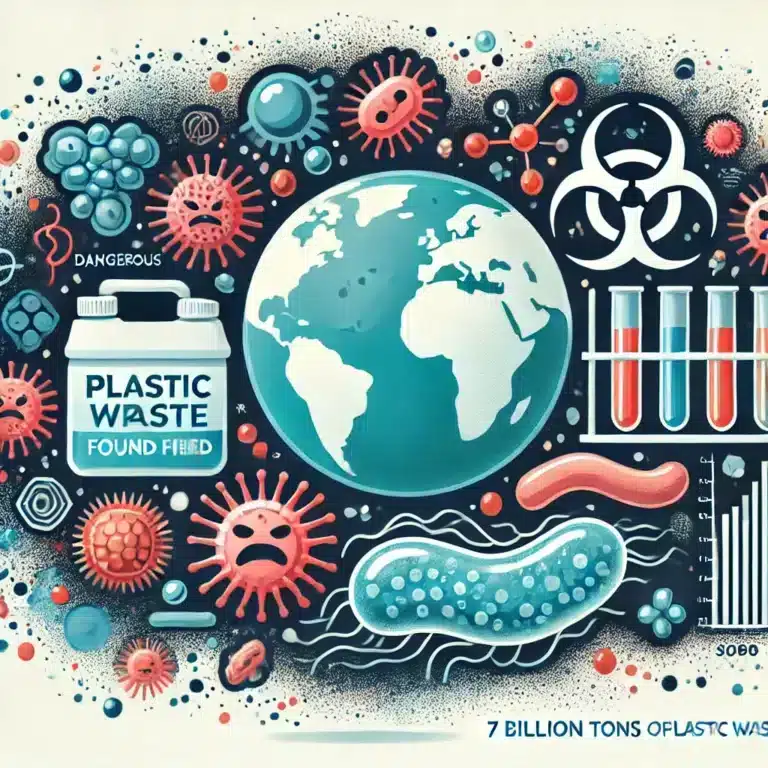Summary
- Over 2,000 volunteers participated in the 2024 Global Ocean Cleanup campaign and removed 40 tonnes of plastic debris from the ocean and coasts.
- Various international and national projects are aimed at reducing plastic pollution, such as the Association of Southeast Asian Nations Framework of Action and the European Plastics Pact.
- The ‘plastisphere’ is a habitat for microbes living on plastic debris and can host pathogens, antibiotic-resistant bacteria, and harmful algae.
- Plastics carry microorganisms that can harm animals and even become part of the food chain, affecting human health.
- Initiatives are needed to map plastisphere microbiomes, understand their impact on ecosystems, assess risks, and develop mitigation strategies.
In June, over 2,000 volunteers took part in the 2024 Global Ocean Cleanup campaign, removing nearly 40 tonnes of plastic waste from oceans and coastlines worldwide. Despite this effort, the amount of plastic waste generated each year is staggering, totaling about 400 million tonnes.
Various projects and policies are in place to combat plastic pollution, including initiatives by the Association of Southeast Asian Nations and the European Plastics Pact. The UN Global Plastics Treaty, currently under discussion, aims to further address the issue.
One important aspect often overlooked is the presence of microbial communities on plastic debris, known as the plastisphere. These microbes can pose risks to human health and ecosystems. Researchers are calling for efforts to map plastisphere microbiomes and develop strategies to mitigate these risks.
The ubiquity of plastic waste has led to the rapid expansion of the plastisphere, creating an ideal environment for microorganisms to thrive. These microbes can impact biogeochemical processes and the carbon and nitrogen cycles. Some microbes in the plastisphere, such as Vibrio bacteria, can cause diseases in marine life and humans.
Plastic debris carrying microbial residents can enter ecosystems and the food chain, posing risks to human health. It is crucial to study the trajectory and transport dynamics of plastic debris carrying microbiomes to understand their impact on ecosystems.
Researchers are urged to collaborate across disciplines to study the plastisphere and develop metrics to quantify its influence on ecosystems and populations. Standardized sampling procedures and data sharing are essential in this research effort.
Risk assessments associated with plastic pollution must now consider the microbial risks posed by the plastisphere. Identifying hotspots, protecting vulnerable sites, targeting transport routes, and focusing on the food chain are key priorities in risk assessment.
Funding programs should be initiated to support large-scale surveillance and assessment efforts to track the flow of plastics and assess health risks. Expert panels and science-policy bodies are needed to bridge the gap between research findings and policymaking.
Environmental policymakers and regulators should prioritize plastisphere management and control to mitigate the transport of microbes through global trade networks. Collaboration between international organizations and local governments is essential in reducing plastic waste and promoting eco-friendly alternatives.
Protective measures against pathogens and antimicrobial resistance are crucial for populations at high risk of exposure. An international forum on plastic pollution should be established to facilitate collaboration among stakeholders.
Overall, a unified global strategy is needed to address the microbial risks associated with the plastisphere. By taking concrete actions, we can work towards reducing plastic pollution and safeguarding the environment and human health.
Infectious Diseases, Public Health & Prevention, Microbiology


